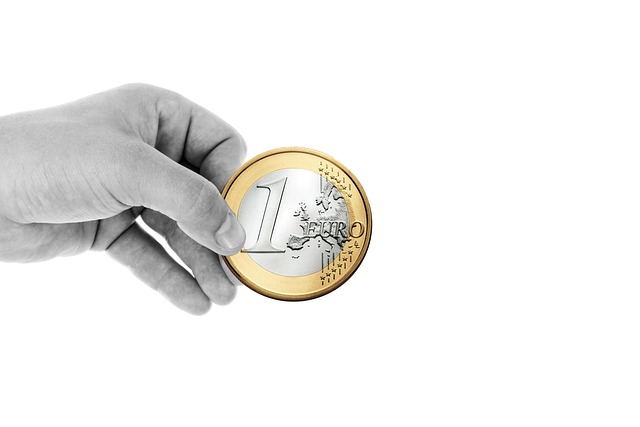A car title loan involves a car title loan pink slip transfer, where ownership of your vehicle's registration shifts to the lender as collateral. This process starts with an application, includes a credit check, and ends with the lender recording a lien against the vehicle's title. Notarization is crucial for legal protection and clarity; it verifies authority, prevents fraud, and solidifies the transaction. Without notarization, direct communication between lender and buyer, along with digital alternatives, allows for swift car title loan pink slip transfer in urgent situations.
Is notarization a necessity when transferring a car title loan? This comprehensive guide aims to demystify the process of car title loan pink slip transfers. We’ll explore the legal implications, debunk common myths, and offer alternative methods for a secure transition. Whether you’re a lender or borrower, understanding these intricacies is crucial to avoid pitfalls and ensure a smooth experience. By delving into this topic, you’ll gain valuable insights into navigating car title loan transactions without unnecessary complexities.
- Understanding Car Title Loan Pink Slip Transfer
- Notarization: A Legal Perspective
- Alternative Methods for Secure Transfer
Understanding Car Title Loan Pink Slip Transfer

When considering a car title loan, understanding the process of transferring the pink slip is crucial. The car title loan pink slip transfer involves seamlessly shifting ownership of your vehicle’s registration from one party to another, typically as collateral for a loan. This procedure ensures that the lender holds secure claim over the vehicle until the debt is repaid.
The transfer process often includes several steps, beginning with submitting an application for the loan. Lenders will conduct a credit check to evaluate your vehicle ownership and financial standing. Once approved, they’ll record the lien against the vehicle’s title, making it legally theirs until the loan is paid in full. This transfer guarantees that even if you default on the loan, the lender has the right to repossess the vehicle.
Notarization: A Legal Perspective

In many jurisdictions, notarization is a crucial step when transferring ownership of a vehicle through a car title loan. This formal process adds an extra layer of legal protection and clarity for all parties involved. When it comes to a car title loan pink slip transfer, notarization serves as a verified declaration that the signer has the authority to act on behalf of the vehicle owner, ensuring the legitimacy of the transaction.
From a legal perspective, this step is essential for preventing fraud and disputes. A notarial act provides evidence that the document has been executed voluntarily and with full understanding of its implications. This is particularly relevant when dealing with financial transactions, as it can impact loan requirements such as interest rates and repayment terms. Ensuring a proper notarization process contributes to a smoother process, offering both security and same-day funding for borrowers seeking quick access to capital.
Alternative Methods for Secure Transfer

When it comes to transferring ownership of a vehicle’s registration, many wonder if notarization is always necessary. While traditional methods often require a notarial seal for legal validity, there are alternative procedures available for a car title loan pink slip transfer. These alternatives offer convenience and swiftness, especially in urgent situations where individuals seek emergency funds through title pawn or cash advance loans.
One such method involves direct communication between the lender and the buyer, where all necessary documents are signed and exchanged without the need for a notary public. This process streamlines the transfer, making it faster and more efficient. Additionally, some states have specific regulations allowing for digital notarization or electronic signatures, further simplifying the car title loan pink slip transfer procedure.
When considering a car title loan pink slip transfer, notarization isn’t always required. While it offers legal validity, alternative methods like electronic signatures and secure online platforms can streamline the process. Understanding these options ensures a smooth transfer, providing convenience and peace of mind for borrowers seeking quick access to their vehicle’s equity.






